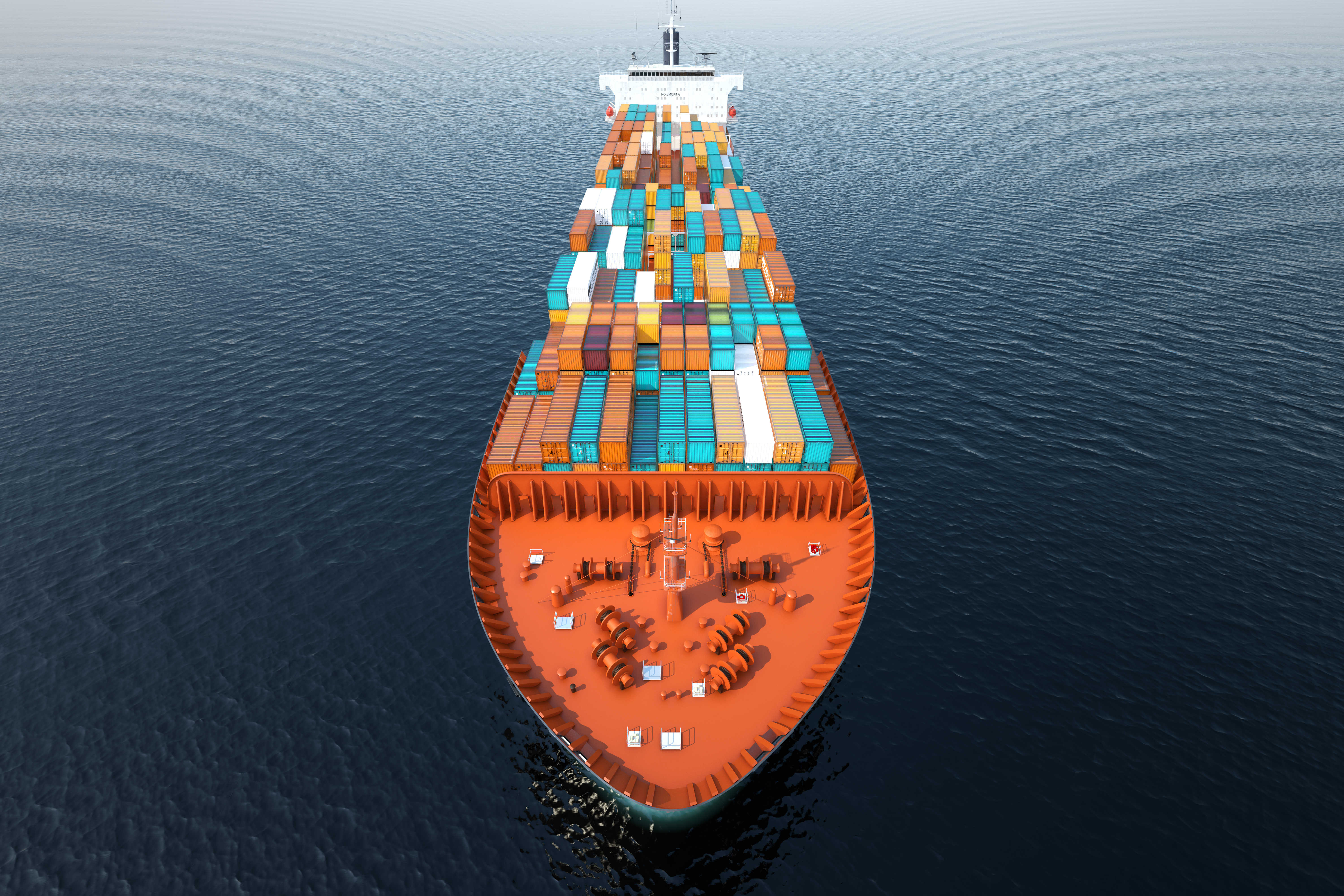One month ago, an article was posted here at More Than Shipping by Serkan Kavas; our VP of Import Development, asking the question “What will my import rates from China be in 2012”? If you didn’t read it then you should scroll down the site and do so.
The gist of the article was:
• Transpacific rates have been very volatile the past several years
• Many factors weigh into forecasting future rates and predictions are not always accurate
The pursuit of size, whether through larger capacity vessels, the formation of carrier alliances and shipping pacts, or acquisitions by large container ship lines of smaller carriers is the direction the industry has taken in the quest for economies of scale.
Bigger Vessels
Since the ocean industry has come out of the crash that occurred 2008 – 2009 $57 billion worth of orders for new vessels are in the pipeline for delivery in the next 4 years. Despite the fact that we are currently in a market situation of over capacity it does make some sense from a financial standpoint for the carriers to be ordering construction of new ships now. The price to build these new ships today is at a significant cost advantage from ships that had been ordered between 2006 – 2008. The Danish carrier Maersk has made the biggest commitment to new Triple E Class vessels with 20 of these 18,000 TEU ships on order. In addition to these huge capacity vessels they have another 24 smaller capacity ships of 4500 – 7500 TEU on order. Ocean carriers NOL/APL and Evergreen each have several billion dollars worth of orders for their own new large capacity vessels.

Bigger Alliances & Pacts
The announcement by Mediterranean Shipping Co. and CMA CGM of their new shipping pact for Asia to Europe trade effectively moves them from being the second and third largest carriers in the trades to the biggest in the industry.
Bigger Acquisitions
In 2009 TUI sold a majority stake of its investment in Hapag Lloyd to the investment group Alber Ballin and is still planning to divest its remaining 38.4% shares. Earlier this month it was rumored that NOL was in negotiations again to purchase the German carrier but released a statement to the Singapore Stock Exchange that it was not making a bid for a stake in Hapag Lloyd. The last 3 consolidations of major carriers has been:
1. 1997 Neptune Orient Lines (NOL) of APL

2. 2005 Hapag Lloyd of CP Ships
![]()
3. 2006 Maersk of P&O Nedlloyd

Despite the multi-billion dollar losses sustained by the ocean carrier industry in 2009 no major mergers came about. With the very similar financial strains of 2011 it remains to be seen if any acquisitions occur in 2012.
Results
Still, in the last 23 months we’ve seen the lowest spot rates for 40 foot containers from Asia to USA. Carriers did implement a delayed PSS this year that was quickly reduced by 50% and ultimately was very short lived; reflecting the weak demand and glut of capacity. As a result most carriers have reported losses for the first 3 quarters and are predicting full year losses for 2011. Some small carriers like Horizon and MISC who entered the market have since withdrawn. Spot rates on the Asia to Europe trade lane have also been decreasing for the last year. European shippers are worried that with the MSC/CMA shipping pact and lack of competition their rates will be soon rising. Through the Transpacific Stabilization Agreement (TSA) the 15 carrier members have already announced a rate restoration initiative (RRI) in the amount of $400 per FEU beginning Jan 1, 2012. With Chinese New Year starting on January 23 it remains to be seen whether this RRI will have any more affect than the 2011 PSS.
Summary
Bigger vessels, industry consolidation, pacts & alliances will in theory mean higher profitability for the carriers if these types of measures can help them reduce operating costs. Elimination and reduction of the number of carriers operating per trade lane will also help carriers increase rates.
Prediction
I’ve witnessed the volatility that has occurred in the ocean transportation industry and have some hint of where it is headed. Do I know what affect these changes will have on future transportation rates? Sorry, no. The only thing I’ve become certain of was already expressed by Benjamin Franklin.

“‘In this world nothing can be said to be certain, except death and taxes.”






